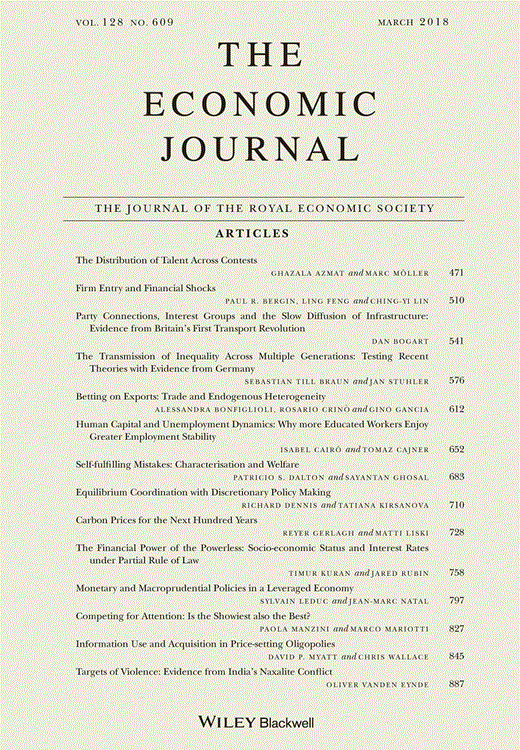-
Views
-
Cite
Cite
David P. Myatt, Chris Wallace, Information Use and Acquisition In Price‐Setting Oligopolies, The Economic Journal, Volume 128, Issue 609, 1 March 2018, Pages 845–886, https://doi.org/10.1111/ecoj.12410
Close - Share Icon Share
Abstract
Asymmetric price‐setting multi‐product suppliers have access to multiple sources of information about demand conditions, where the publicity of each source corresponds to the cross‐industry correlation of signals received from it. A signal’s influence on suppliers’ prices is increasing in its publicity as well as in its precision. The emphasis on relatively public information is stronger for smaller suppliers who control narrower product portfolios. When information is endogenously acquired, suppliers listen to only a subset of information sources. This subset is smaller when products are less differentiated and when the industry is less concentrated. Smaller suppliers focus attention on fewer information sources. The inefficiencies arising from information acquisition and use are identified.





